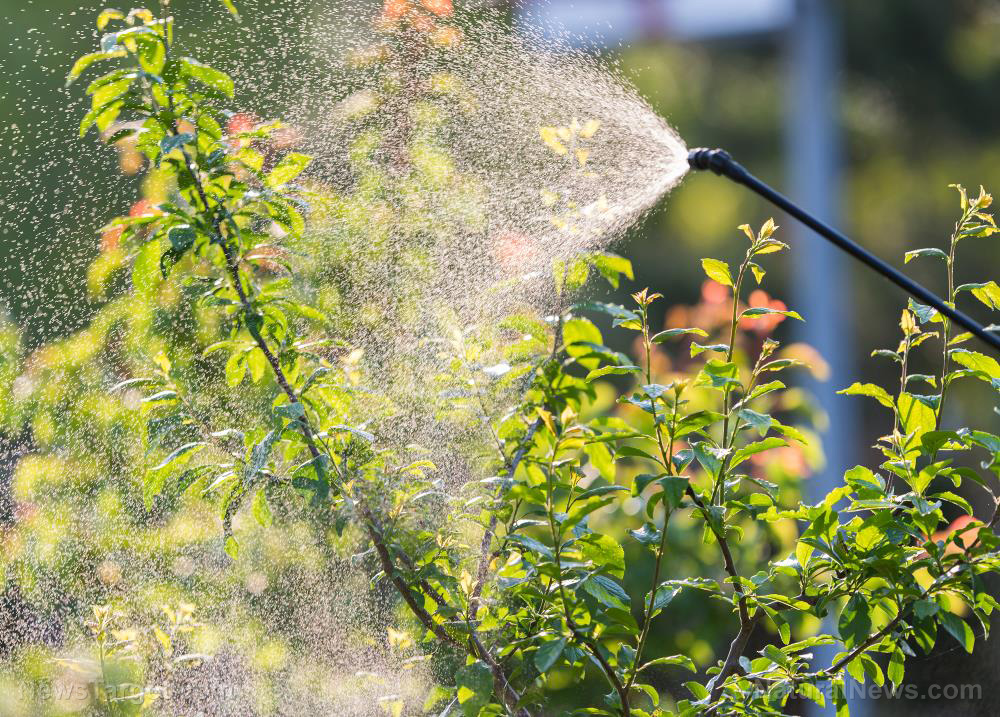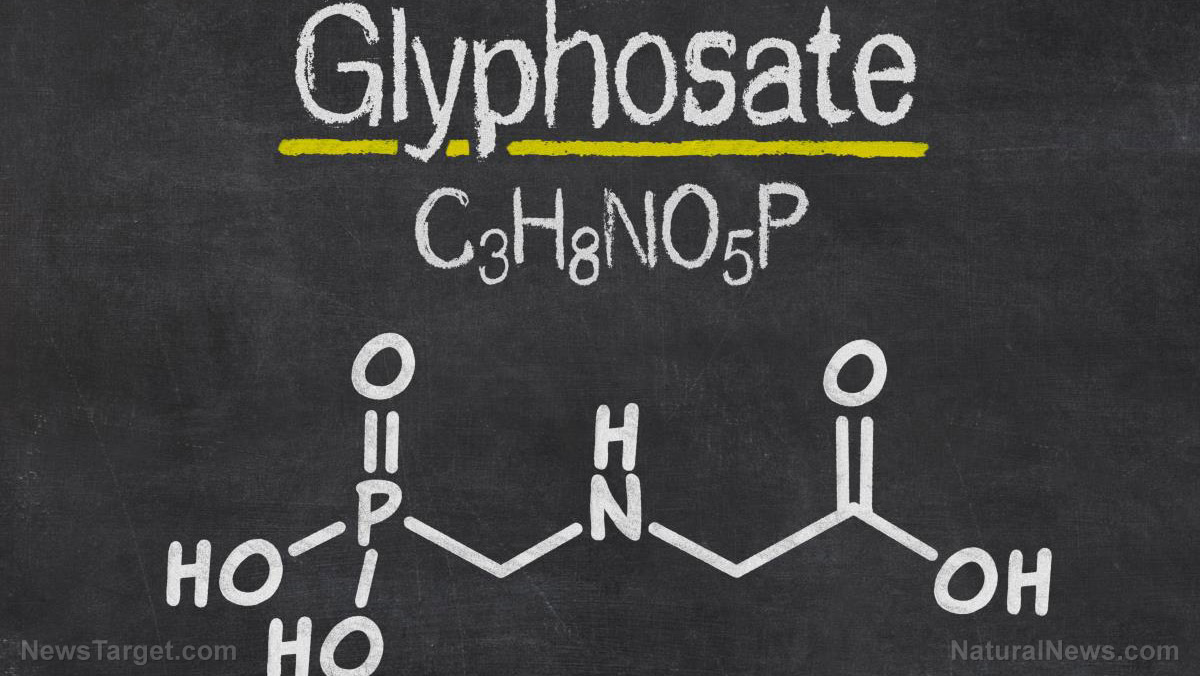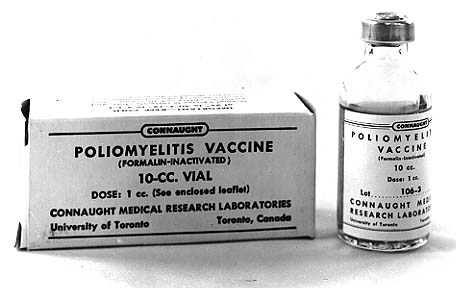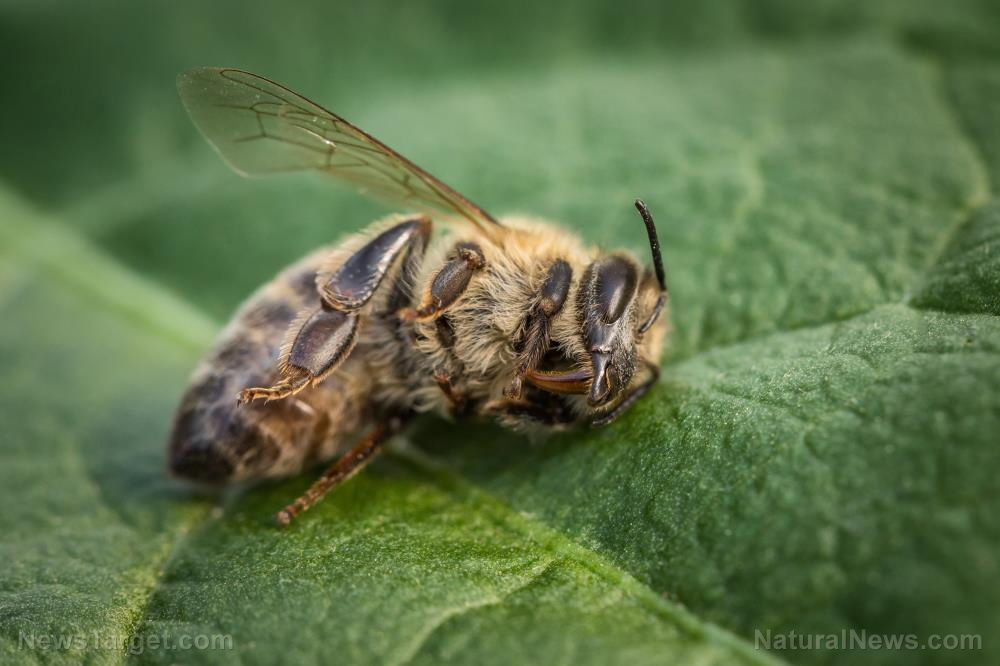EPA report says glyphosate may harm – even kill – over 90% of endangered species
12/16/2020 / By Divina Ramirez

Despite Big Ag’s claims that glyphosate — the controversial active ingredient in many popular herbicides — is harmless in animals, research says otherwise. A recent report by the Environmental Protection Agency (EPA) revealed that 93 percent of the plants and animals protected under the federal Endangered Species Act (ESA), including 96 percent of their habitats, are likely to be affected by the herbicide.
The results were part of the EPA’s draft biological evaluation, which the agency released last month. The evaluation was conducted to assess the effects of glyphosate on some 1,800 protected plants and animals, pursuant to the ESA. Under this law, federal agencies are required to ensure their actions will not “jeopardize” a species or damage their habitats.
The EPA is asking for public comments on their initial findings for 60 days, after which it will determine how to limit the use of glyphosate in order to protect those endangered plants and animals.
The EPA renews herbicides, pesticides and other chemicals for use in the U.S. every 15 years. In January, the agency declared an interim decision that glyphosate can stay on the U.S. market, adding that they would also evaluate the herbicide’s risk to endangered species.
Ubiquitous herbicide harming endangered species
The impacts on endangered species are the newest finding in the long and controversial life of glyphosate. In the U.S., about 280 million pounds of this herbicide is applied every year to soybeans, corn, cotton and other crops.
Outside of agriculture, glyphosate is also used by the general public to kill weeds on their lawns, gardens and yards. Glyphosate is used heavily on roadsides, schoolyards, national forests and rangelands as well.

Glyphosate is not acutely toxic to animals. But some glyphosate formulations are more toxic than glyphosate alone, the EPA said in the draft evaluation. However, chronic exposure to glyphosate, whether formulated or not, can adversely affect growth and reproduction in terrestrial and aquatic animals, as well as plants.
In particular, the EPA reported that glyphosate is moderately to highly toxic to fish and highly to very highly toxic to aquatic invertebrates. It is also moderately toxic to mammals and slightly acutely toxic to birds.
Overall, the EPA concluded that the herbicide could have adverse effects on the following:
- 75 endangered mammal species
- 88 endangered bird species
- 36 endangered amphibian species
- 33 endangered reptile species
- 179 endangered fish species
- 185 endangered aquatic invertebrate species
- 140 endangered terrestrial invertebrate species
- 940 endangered plant species
Once the EPA assesses the comments it will receive, it could consult two federal agencies – the U.S. Fish and Wildlife Service (USFWS) and the National Marine Fisheries Service (NOAA Fisheries) – to outline the steps needed to minimize the impact of the herbicide on endangered species.
“The goal and the purpose here is not a glyphosate ban,” explained Lori Ann Burd, the environmental health program director at the Center for Biological Diversity, which sued the EPA to force the ESA review. Instead, the goal is to “change the labels of glyphosate” such that it can no longer be used to threaten the existence of endangered species.
Burd hopes that the initial findings of the EPA evaluation will lead to drastic reductions in glyphosate use or the more thoughtful use of the herbicide. “[Right] now glyphosate is just sprayed in wild amounts.”
Unfortunately, the impacts of glyphosate on human health remain unclear. In its report, the EPA found that glyphosate is not likely to be carcinogenic to humans. But in 2015, the International Agency for Research on Cancer (IARC) classified glyphosate as “probably carcinogenic to humans” (Group 2A) based on evidence of cancer in humans linked to glyphosate. (Related: Glyphosate’s undeniable connection to autism.)
Read more articles about the environmental impacts of glyphosate and other pesticides at Pesticide.news.
Sources include:
Submit a correction >>
Tagged Under:
This article may contain statements that reflect the opinion of the author




















